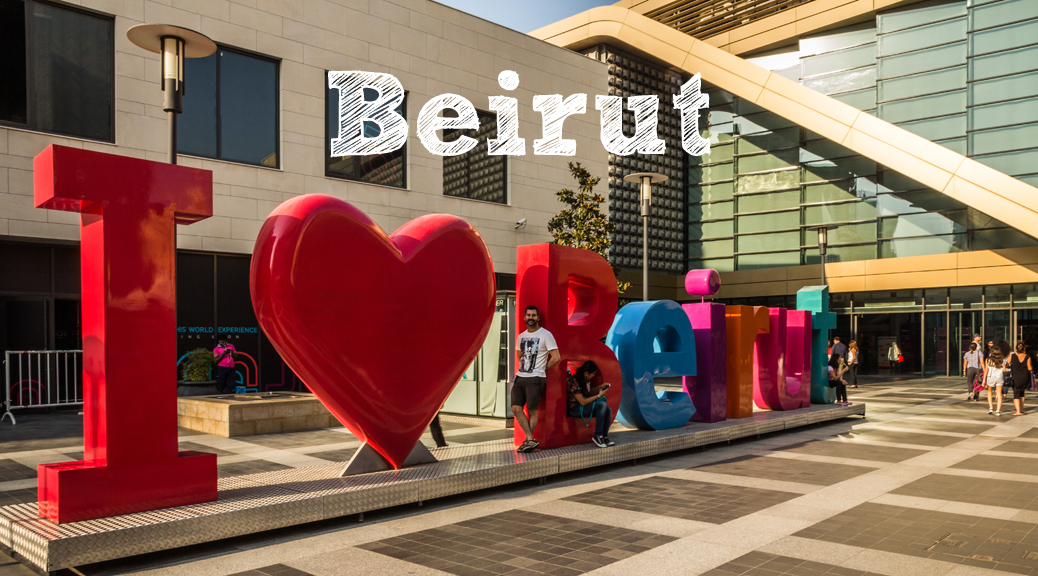Beirut’s thriving up-market metropolitan life is at odds with its mountainous landscape, a heritage of war and conquest, and a mix of religions and languages; but it all comes together unexpectedly perfect.
Lebanon at a glance
Lebanon is a country that has been in conflict with Israel. It is bordered by Syria and recently there has been a bit of resentment over the high number of people coming over from Syria due to their internal civil war. There are also areas controlled by Hezbollah. At the time of my visit, the UK Foreign Office advised against travelling near the borders. Another important point to note is that if you have an Israel stamp on your passport you will be denied entrance to Lebanon, otherwise an entrance visa can be obtained at the airport on arrival.
Lebanon has been ruled by France, its people speak Arabic and one or both of English and French; and are Christian and Muslim. It’s currency is the Lebanese Pound, although US Dollars are commonly used as a secondary currency. When dealing with Lebanese Pounds the word Tau can be used to refer to thousands, so 15,000 Lebanese Pounds are 15 Tau (pronounced “Ta” as in taxi, and “oo” as in food).
Their food is amazing, but in my mind nothing beats Labne, a type of strained yoghurt that is delicious with olive oil and spices on bread. The typical Lebanese breakfast includes this as well as fresh salad, cheeses, breads and cakes.
Beirut
Downtown Beirut is very lively, full of high-class bars, restaurants and shops. Everyone is very welcoming and the dress code is “dress to impress”.
Uruguay Street
A popular area with bars and restaurants in downtown Beirut. We even saw a music video being recorded.
Harissa
From Jounieh (16km North of Beirut) you can catch the Téléphérique up to Harissa which sits at an altitude of 650m. At the top you will find the shrine to Our Lady of Lebanon featuring a bronze statue (painted white) of the Virgin Mary.
Jeita Grotto
A 9km prehistoric cave system located 18km north of Beirut. It is not permitted to take pictures inside.
The caves are cool, quiet and grandiose; with beautiful compositions of stalactites and stalagmites that really take your breath away. The tour ends with a boat trip on the underground river system of the caves, over the clearest blue waters you have ever seen.
Up in the Mountains
Cedars of God
The Cedar is the symbol of Lebanon and it is found in its flag. The Cedars of God is the largest remaining forest of the Lebanon Cedar. You can walk for hours under the shade of the cedars, there are allocated paths with sculptures and a little church to see.
Just before you get to the cedar forest there is a market, where you can get cedar honey (which has a very different taste from ordinary honey), cedar art with various designs and even get your name or message written in Arabic in cedar. There are also a few restaurants where you can try some traditional Lebanese food.
Faqra Temple
Stone Dam at Faqra
Faraya
At this very luxurious place with a swimming pool, bar and restaurant; we chilled watching the sunset.




































